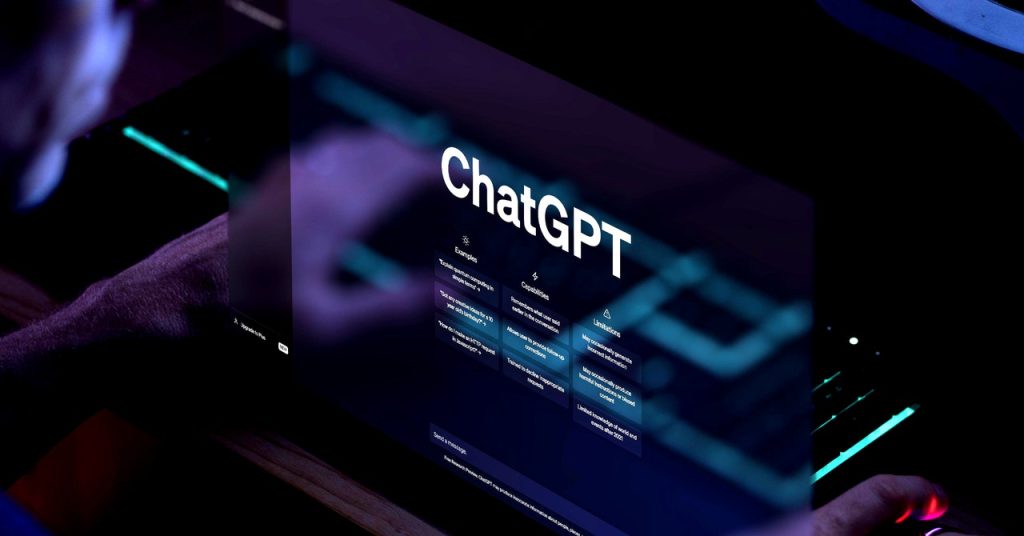OpenAI’s New Approach to AI Explainability
Introduction
OpenAI, the developer behind ChatGPT, has released a new research paper aimed at addressing the risks associated with artificial intelligence (AI). This paper focuses on making AI models more explainable, a crucial step in ensuring the technology’s safety and reliability.
The Challenge of Understanding AI
ChatGPT operates using large language models known as GPT, which are based on artificial neural networks. These networks are powerful but complex, making it difficult to understand their inner workings. Unlike traditional computer programs, the interactions within these neural networks are not easily decipherable, posing a challenge for reverse engineering their responses.
“Unlike with most human creations, we don’t really understand the inner workings of neural networks,”
New Techniques for AI Interpretability
OpenAI’s new paper introduces a technique to identify patterns representing specific concepts within a machine learning system. This is achieved with the help of an additional machine learning model, making the process more efficient. The researchers demonstrated this approach by identifying patterns within GPT-4, one of OpenAI’s largest AI models.
Practical Applications and Demonstrations
To showcase the potential of their new technique, OpenAI created a chatbot obsessed with San Francisco’s Golden Gate Bridge. This example illustrates how AI behavior can be tuned and how simply asking a large language model (LLM) to explain its reasoning can sometimes yield valuable insights.
Expert Opinions
David Bau, a professor at Northeastern University who specializes in AI explainability, praised the new research.
“It’s exciting progress. As a field, we need to be learning how to understand and scrutinize these large models much better.”
Bau highlighted that the main innovation lies in configuring a small neural network to understand the components of a larger one. However, he also noted that the technique requires further refinement to become more reliable.
Future Directions
Bau is involved in the National Deep Inference Fabric, a US government-funded initiative that provides cloud computing resources to academic researchers. This effort aims to enable scientists to study powerful AI models, even if they are not affiliated with large companies.
Conclusion
OpenAI’s researchers acknowledge that more work is needed to improve their method. However, they are optimistic that their approach will lead to practical ways to control AI models.
“We hope that one day, interpretability can provide us with new ways to reason about model safety and robustness, and significantly increase our trust in powerful AI models by giving strong assurances about their behavior,”
they write. This research marks a significant step towards making AI technology safer and more transparent.

5 Comments
So, the magic is just algorithms and data!
Fascinating. So is it basically a giant calculator with a personality?
VerbalVoyager: Curious how much of it is smoke and mirrors!
Unleashing the wizard behind the curtain—algorithms and data, who knew!
VerbalVoyager: It’s all about the algorithms, baby!